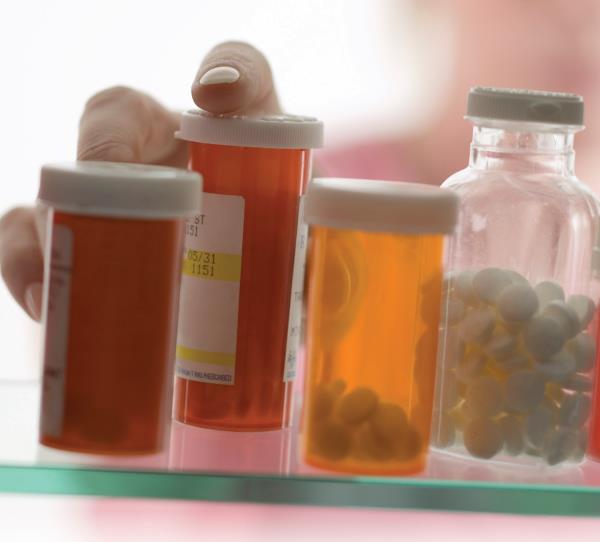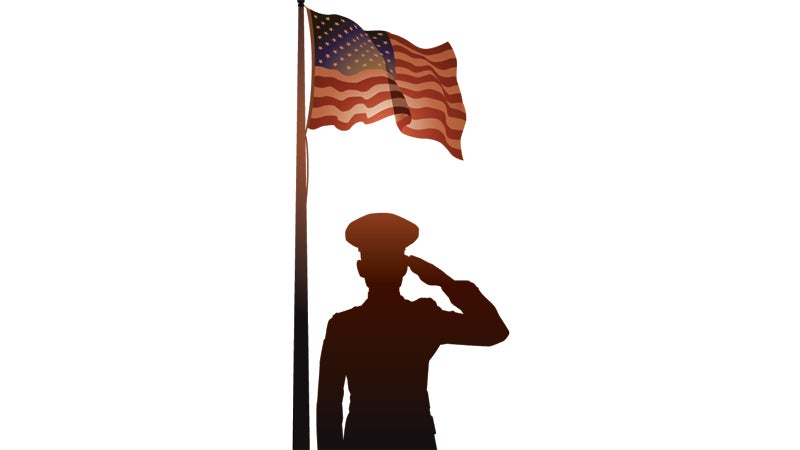National Safety Month: Tips for Using Painkillers Safely
Published 12:00 am Tuesday, May 20, 2014
(StatePoint) With so much talk of drug use in America, you may not realize that some of the most potentially dangerous drugs are sitting right in many home medicine cabinets. More people die daily from prescription painkiller overdoses than from heroin and cocaine combined, according to the Centers for Disease Control and Prevention (CDC).
Driving the problem is availability, as enough painkillers are prescribed annually to medicate every American adult around the clock for one month, according to the CDC And in many of these cases, the pills are not a necessary treatment to manage pain, say experts, as safer alternatives are available.
“Prescription painkillers are often prescribed when safer medications could be used. Unfortunately, long-term use of opioid painkillers, such as OxyContin or Vicodin, can lead to addiction that patients never intended to have,” says National Safety Council Medical Advisor, Dr. Don Teater, who is also the Medical Director of Mountain Area Recovery Center.
This June, which is National Safety Month, patients can become advocates for their own safety, says Teater. He recommends the following tips to reduce danger and increase safety for anyone prescribed a prescription painkiller:
Talk to your Doctor
Are non-opioid painkiller alternatives a possibility for you? Talk with your doctor about your options, including over-the-counter possibilities. If an opioid is still prescribed, request the lowest dose possible for the shortest duration.
Make sure your doctor knows about all other medications and drugs you take and about how much alcohol you consume.
Safe Habits
Know how long the medicine will be in your body, whether and when you can drive, and what other limitations will affect your routine. Avoid mixing opioid drugs with alcohol, sleeping pills and anti-anxiety medications. Opioid medications should be kept in a locked container or locking medicine cabinet so that only the patient has access to them.
Nearly 70 percent of people who misuse prescription medicines report getting the drugs or taking them without asking from friends or family members, according to a survey from the Substance Abuse and Mental Health Services Administration.
Safe Disposal
Done with your treatment? Never save leftover opioids for later use, and never give them away. Doing so can risk the medication getting into the wrong hands or being used for recreational purposes.
Just be sure that when you do dispose of medications, you do so properly.
Take-back programs and other community safety events allow the public to bring unused drugs to a central location for proper disposal, and many pharmacies offer mail-back programs. If these services are not easily accessible for you, you can go online to learn about safe medication disposal options.
More safety tips and facts can be found at the National Safety Council website at www.nsc.org.
This National Safety Month, take steps to learn more about the prescriptions you take, and their possible consequences.
*****
Photo Credit: (c) Eugene Comstock – ThinkStock.com




